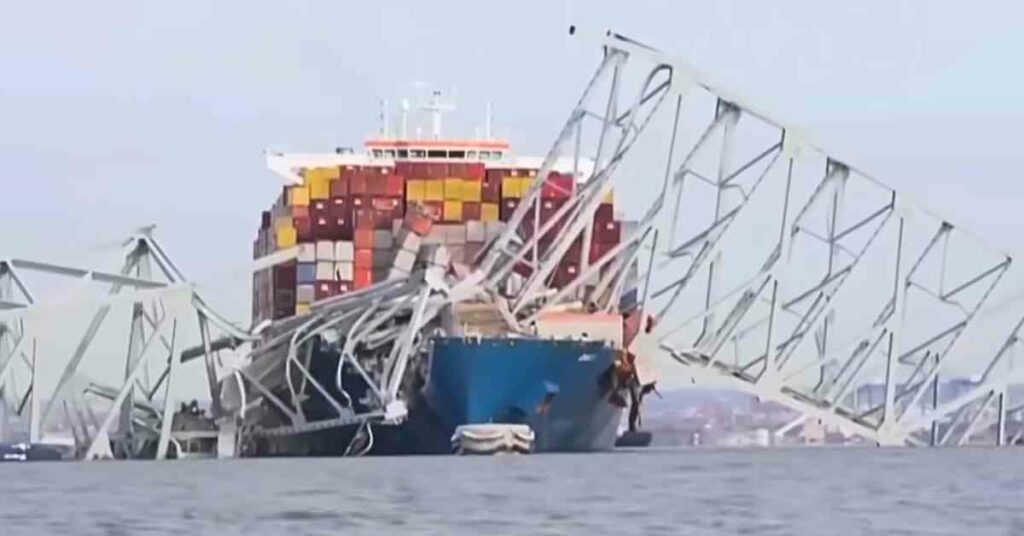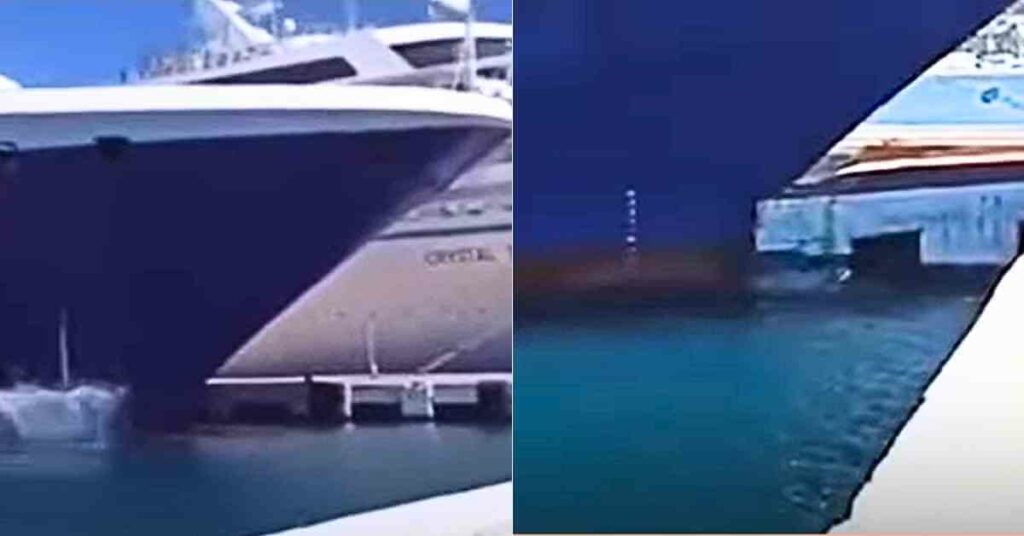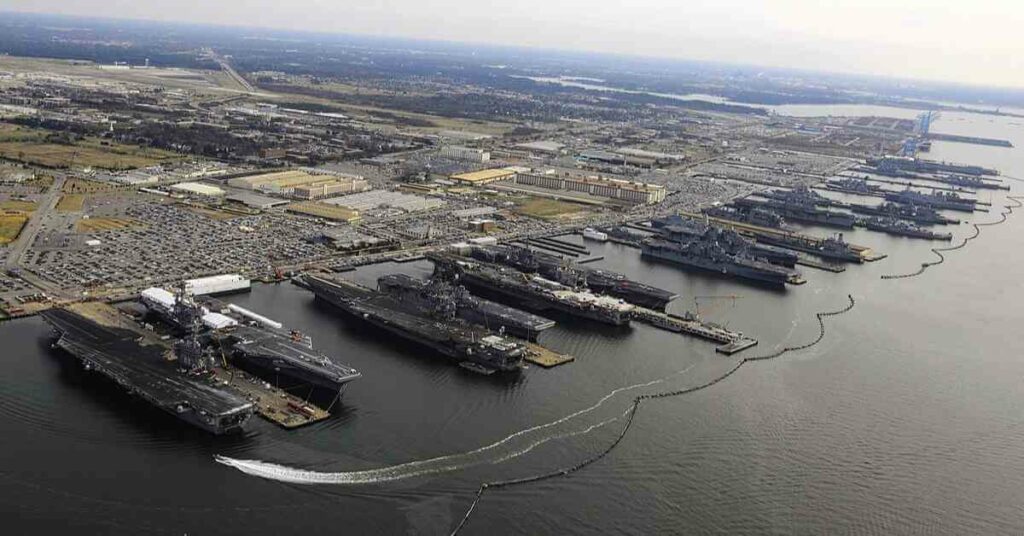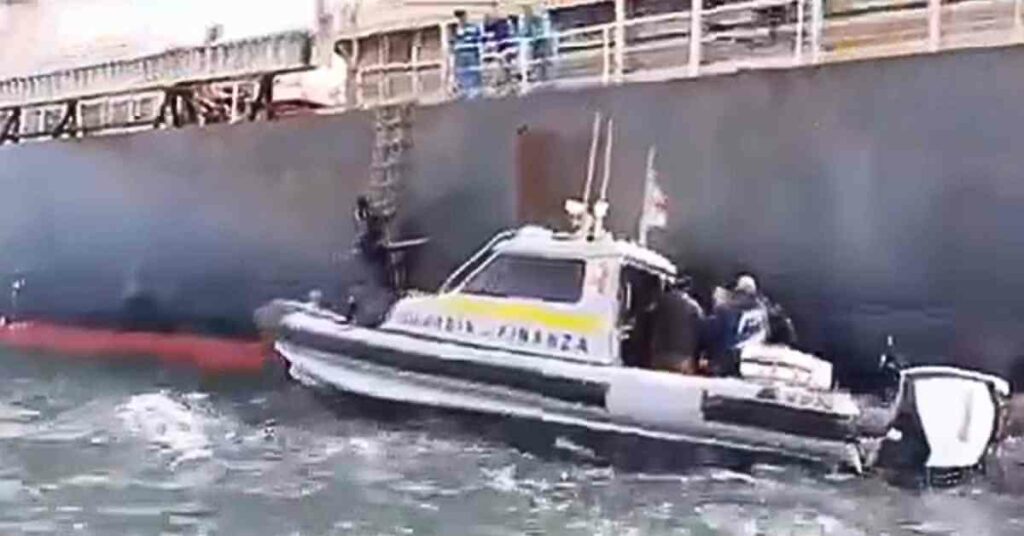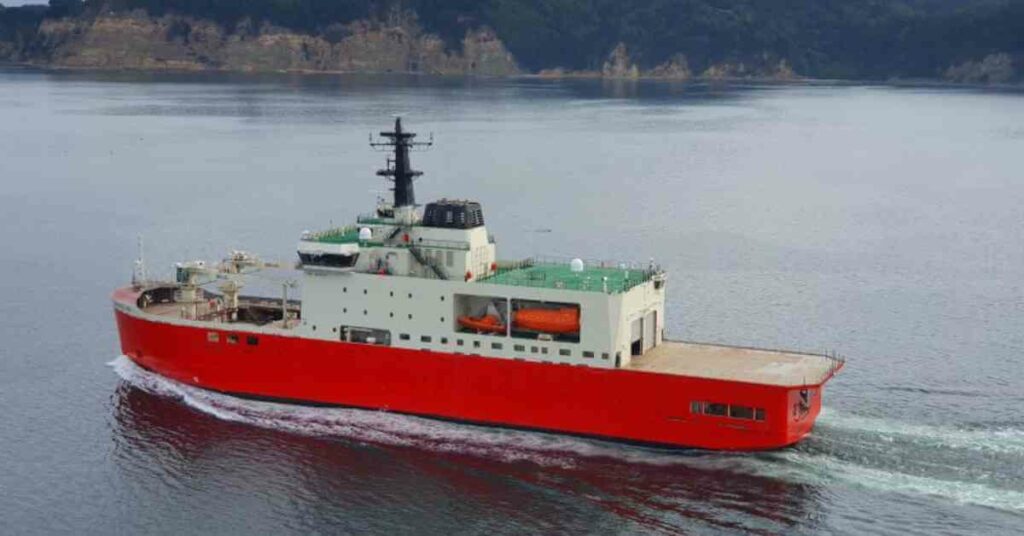MOL To Issue Japan’s 1st Green Bonds, “MOL Blue Ocean Environmental Bonds”
Mitsui O.S.K. Lines, Ltd. (MOL) announced a plan to issue green bonds (its 20th and 21st series unsecured corporate bonds) through a public offering in Japan’s domestic market. It also announced the acquisition of a second opinion from a third-party institute.
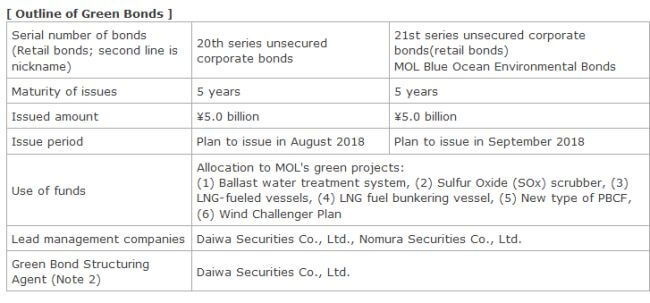
Green bonds are used to raise funds for businesses aimed at protecting and improving the environment. MOL established the MOL Group Environmental Vision 2030 in April 2017 and designated environment-related and emission-free businesses as core activities in its “Rolling Plan 2018” management plan. The MOL Group also views responses to stricter environmental regulations and activities to reduce its environmental impact as opportunities to create new businesses and diversify its business portfolio, and address new challenges in technical innovation. To foster a deeper understanding of the MOL Group’s proactive initiatives on the environment among a wide range of stakeholders, the bonds are targeted to both institutional and individual investors. This is the first time a company in Japan has issued green bonds aimed at individual investors.
(Note 1) Effective July 31, 2018, MOL acquired a second opinion about eligibility from one of the world’s leading organization to evaluate and accredit the ESG performance, Vigeo Eiris of France, to secure eligibility and transparency of the green bonds and increase their appeal to investors. Please refer to the following links for details of the second opinion: 20th Bond / 21st bond
(Note 2) The party that supports the issue of green bonds through the establishment of green bond frameworks and advice for the acquisition of second opinions.
[ Main use of funds ]
(1) Ballast water treatment system
Ballast water treatment systems protect biodiversity by reducing the transboundary movement of microbes and bacteria contained in ballast water, which is loaded to provide additional weight to stabilize the hull of the ship. MOL established a policy to equip its vessels with ballast water treatment systems in fiscal year 2014, ahead of issuance of the Ballast Water Management Convention in September 2017. As of April 2018, 114 MOL Group-owned vessels are equipped with ballast water treatment systems.
(2) SOx scrubber
This system reduces air pollution by removing sulfur oxides (SOx) from vessel engine exhaust. Scrubbers meet new International Maritime Organization (IMO) regulations related to the concentration of sulfur content in bunker oil.

(3) LNG-fueled vessel
These vessels use liquefied natural gas (LNG) as fuel instead of conventional heavy fuel oil. Combustion of LNG virtually eliminates SOx emissions, compared to heavy fuel oil, and also results in lower emissions of nitrogen oxide (NOx) and carbon dioxide (CO2).

(4) LNG bunkering vessel
This type of vessel supplies LNG-fueled vessels and also runs on LNG fuel. It will contribute to the wider use of LNG as a fuel for merchant vessels. In February 2018, MOL signed a long-term charter contract for the world’s largest LNG bunkering vessel. It is slated to supply LNG fuel to LNG-fueled mega containerships in Northern Europe starting in 2020.

(5) New Propeller Boss Cap Fins (PBCF)
The PBCF system reduces fuel consumption by improving the efficiency of ships’ propellers, which in turn reduces exhaust emissions. It can boost fuel efficiency by around 5% compared to a similar vessel not equipped with a PBCF. The new type of PBCF was jointly developed by MOL, Akishima Laboratories (Mitsui Zosen) Inc., and MOL Techno-Trade, Ltd. MOL Group’s MOL Techno-Trade has started sales of this upgraded version of the PBCF-in use on over 3,200 vessels with all over the world-which promises even greater energy-saving effects.
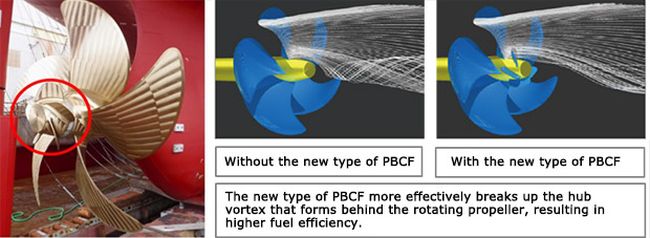
(6) Wind Challenger Plan
MOL participates in the Wind Challenger Plan, a joint industry-academia research project led by Tokyo University and launched in 2009. The project focuses on using advanced sails to provide propulsion for merchant vessels.
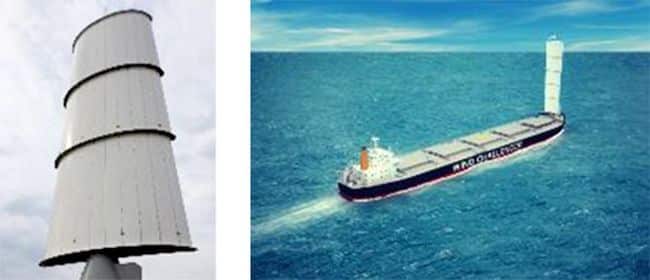
It aims to reduce vessels’ fuel consumption and CO2 emissions by maximizing the use of wind power. The research and verification test phase was completed in September 2017, and the demonstration test and commercialization phase began in October of that year. MOL will select a vessel to equip with sails within fiscal 2018, aiming to start operation in 2020.
Press Release: mol.co.jp
Disclaimer :
The information contained in this website is for general information purposes only. While we endeavour to keep the information up to date and correct, we make no representations or warranties of any kind, express or implied, about the completeness, accuracy, reliability, suitability or availability with respect to the website or the information, products, services, or related graphics contained on the website for any purpose. Any reliance you place on such information is therefore strictly at your own risk.
In no event will we be liable for any loss or damage including without limitation, indirect or consequential loss or damage, or any loss or damage whatsoever arising from loss of data or profits arising out of, or in connection with, the use of this website.
Disclaimer :
The information contained in this website is for general information purposes only. While we endeavour to keep the information up to date and correct, we make no representations or warranties of any kind, express or implied, about the completeness, accuracy, reliability, suitability or availability with respect to the website or the information, products, services, or related graphics contained on the website for any purpose. Any reliance you place on such information is therefore strictly at your own risk.
In no event will we be liable for any loss or damage including without limitation, indirect or consequential loss or damage, or any loss or damage whatsoever arising from loss of data or profits arising out of, or in connection with, the use of this website.
Do you have info to share with us ? Suggest a correction
About Author
Marine Insight News Network is a premier source for up-to-date, comprehensive, and insightful coverage of the maritime industry. Dedicated to offering the latest news, trends, and analyses in shipping, marine technology, regulations, and global maritime affairs, Marine Insight News Network prides itself on delivering accurate, engaging, and relevant information.

About Author
Marine Insight News Network is a premier source for up-to-date, comprehensive, and insightful coverage of the maritime industry. Dedicated to offering the latest news, trends, and analyses in shipping, marine technology, regulations, and global maritime affairs, Marine Insight News Network prides itself on delivering accurate, engaging, and relevant information.
Latest Shipping News Articles You Would Like:
Subscribe To Our Newsletters
By subscribing, you agree to our Privacy Policy and may receive occasional deal communications; you can unsubscribe anytime.




